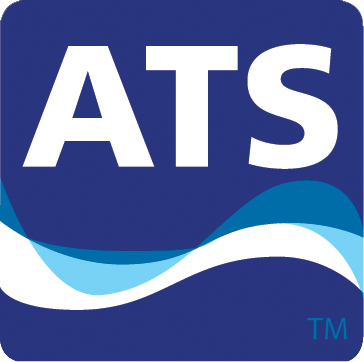There are several important advantages for tank-fed safety showers. Many industrial companies find themselves in situations that are remotely located, with little or no potable water access, but that feature activities which require the use, handling and storage of dangerous chemicals. Other companies have older facilities that have safety showers, but due to scaling in the pipes that feed those showers, flow rates to the showers and eyewashes are not compliant with ANSI Z358.1 (2014) flow rates of 20 gallons per minute for the safety shower and 0.4 gallons per minute for the eyewash. Since both the safety shower and the eyewash equipment must be usable simultaneously by a single user, the total flow requirement is 20.4 gallons per minute. In large industrial facilities, safety shower equipment that was compliant with flow requirements when originally installed may have fallen out of compliance due to feeder pipe diameter restriction caused by chemical scaling over time.
The importance of providing proper safety shower protection for workers has been well established. OSHA is focusing enforcement efforts on compliance with ANSI Z358.1, the latest revision of which was published in 2014. These standards are based on recommended treatment from the medical community and are in line with OSHA 29CFR 1910.51 which states, “Where the eyes or body of any person may be exposed to injurious or corrosive materials, suitable facilities for quick drenching or flushing of the eyes and body shall be provided within the work area for immediate use.”
The fact that a work area may be remote does not exclude an organization from the requirement for compliance with these important preparations. Suitable equipment must be provided even though it can be expensive and inconvenient to provide it. When considering the characteristics of the equipment that is needed, the required flow rate must be multiplied by the required drench time of 15 minutes. Therefore a flow rate of 20.4 gpm for 15 minutes requires 306 gallons of drenching fluid. If operating in a remote area, the best option for a fully-compliant safety shower/eyewash is a tank-fed safety shower in which the flushing fluid is stored above the shower and flow is powered by gravity. They tank can be filled using a potable water truck and the water can be treated to remain safe for a lengthy period of time.
If a facility has a low flow rate, and replacing restricted pipes is cost-prohibitive, a simple answer to the problem may be a tank-fed safety shower. The low-flow piping can still be used to fill the feeder tank, but the shower/eyewash flow will come from the gravity-driven tank flow, rather than the low flow water pipe.
Another significant advantage to tank-fed safety showers is that their functioning is not dependent on a piped water supply. Typically, the piped water supply is a connection to municipal water. In the event of a disaster, the municipal water supply may be shut off to prevent contamination. If this occurs, all plumbed safety showers and eyewashes will become inoperable, unless provision has been made for a back-up supply of water. With tank-fed safety shower/eyewashes, even if the plumbed water supply is interrupted, the tank-fed showers are ready to go.
Tank-fed safety showers truly offer unique and important advantages.
